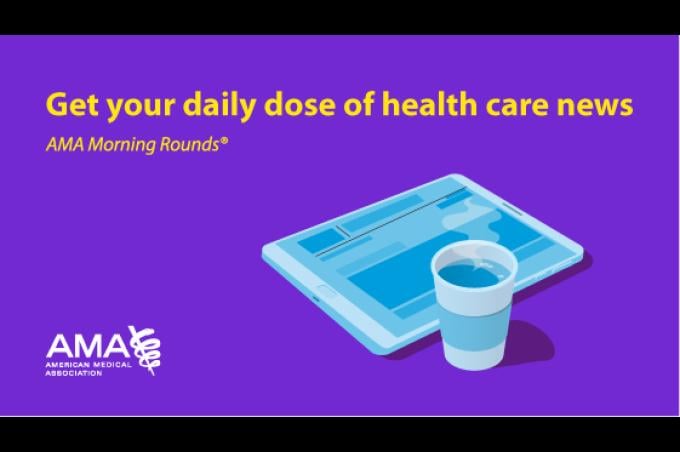As physician private practices wind down 2023, it is in their interests to take a look ahead to next year as budgeting, staffing and clinical supplies will be challenges deep into the new year. But there are also big to-dos for finishing off this year—and every year—in a strong position.
Taylor Johnson, the AMA’s manager of physician practice development, said private practices need an agenda—based on their business plan—to review their needs and business relationships for the new year. They also need to ensure they are meeting the scheduling needs of their patients. Now is also the time for private practices to start looking at the proposed practice budget for 2024, she said.
“This will allow physicians and administrators to plan and prepare for any possible cash flow delays to ensure the financial stability of the practice at the beginning of the year when most patients are meeting insurance deductibles and out-of-pocket responsibilities,” said Johnson, who previously worked as a practice manager.
Learn more with the “AMA STEPS Forward® Private Practice Business Considerations Guide” (PDF).
Patient and procedure scheduling
“Many patients have met their insurance deductible by this point of the year and want to schedule appointments for high-cost treatment, procedure and surgeries prior to the end of the year to avoid out-of-pocket costs in the new year,” Johnson noted.
“Physicians should work with practice administrators on appointment scheduling to make sure these patients can be seen before the end of the year,” she said.
Private practices also need to make sure they have the resources to handle these upcoming challenges. Staffing is one critical management issue.
“If you didn't have just the correct number of staff for your clinic that day, things could be running behind, or you had unnecessary labor costs when staff did not have anything to do,” Johnson said. “Then to build off of that, additional labor costs would throw off your budget.”
Supplies are also a serious issue, as practices learned during the worst parts of the COVID-19 pandemic, she said.
“Private practices don't have the storage capabilities to store back stock of medical supplies that larger hospitals and systems do,” Johnson noted. “So, managers need to know exactly the amount to order for their capacity and use needs because you don't want to order too little and run out. But also recognizing that you cannot order more than you can store.”
Private practices are also challenged with meeting quality-reporting metrics and budget planning in the new year. Practices must review their payer relationships and revenue cycles, along with demands such as the requirements for prior authorization, billing and audit responsibilities.
It takes astute clinical judgment as well as a commitment to collaboration and solving challenging problems to succeed in independent settings that are often fluid, and the AMA offers the resources and support physicians need to both start and sustain success in private practice.
That includes a series of 10 episodes—“Private Practice: Attending to Business”—that are part of the “AMA STEPS ForwardPodcast.”
Enroll in payer platforms
Johnson advised practices to enroll in all of their payers' online platforms, since a majority of them allow electronic submission of prior authorization requests and enable staff to check the status of prior authorizations in the portal.
Johnson recalled that when she was a practice manager, “this allowed my staff to spend maybe 5 to 10 minutes on a prior authorization instead of what could potentially be 30 minutes to an hour on the phone checking prior authorization, depending on wait times when they had to call in.”
There are also steps to take to ensure that private practices earn the bonuses they deserve under the Medicare Merit-based Incentive Payment System (MIPS). To do so, practices need to start immediately to qualify for the program, appropriately submit data next year and then get the benefits in 2025.
“Most practices have been collecting data on MIPS measures throughout the year and monitoring reports to ensure compliance within their EHR, but there are some metrics associated with the program that require work and documentation from outside of the EHR,” Johnson said. “As the end of the year approaches, physicians and administrators should review EHR reports to ensure measures are met and begin collecting external documentation in an electronic file or physical binder before year-end.”
Through Jan. 2, 2024, physicians can apply for a 2023 COVID-19 hardship exception to avoid a MIPS penalty in 2025 or to reweight any of the four MIPS categories due to the impact of COVID-19.




